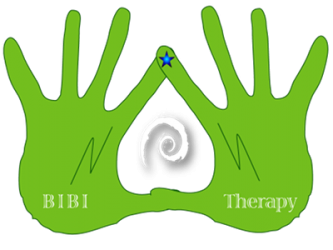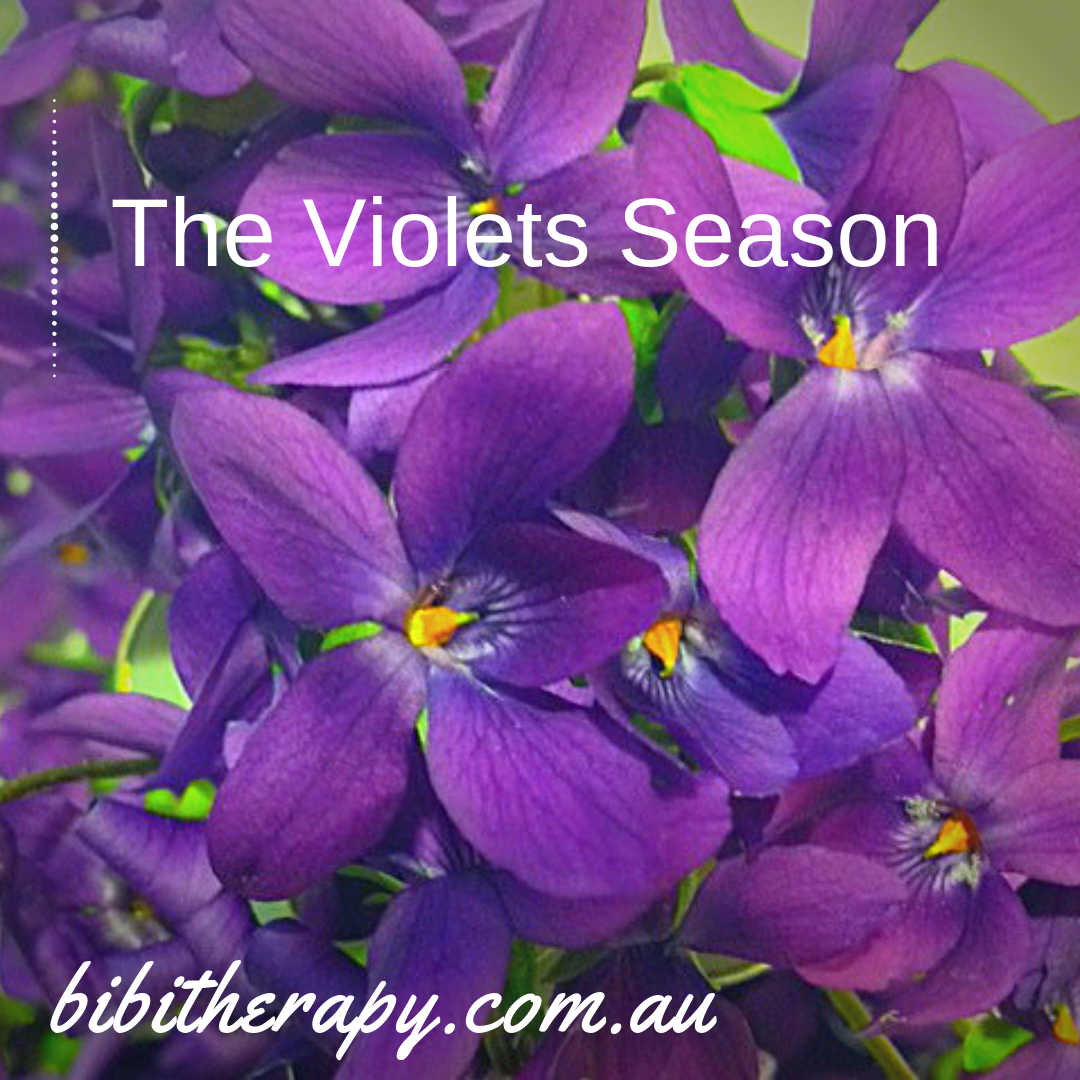Welcome back my dear reader! My love for nature and its wonders is growing to such a speed that I have forgot to post my monthly blog in July and August is almost gone.. He! He!
So coming back to plants, there are so many that I have progressively started to love and introduce in my daily use. Today, my focus is on one of my favourite weed from my garden: the sweet violet (Viola Odorata). It’s in season at the moment and delights the eye as well as the smell.
But little did we know that the sweet violets, flowers and leaves, are edible as well as have medicinal properties. Their extravagant perfume has been appreciated by many in the past history. It is said that Napoleon Bonaparte was attracted by the soothing sweet aroma that makes one smile. He was known to his supporters the Corporal Violet.
A snippet about Napoleon’s love for violets: Violets are native to the Mediterranean, including Napoleon’s home island of Corsica. Therefore he would have been very familiar with the adorable happy little hardy flowers. Perhaps he may as well have picked violet bouquets for his mother as a boy. What we know for sure from history books is that the sweet scent of violets was the favourite fragrance of his first wife, Josephine. Not only she wore violets on her wedding day but every year, on the anniversary of their marriage, Napoleon sent her a bouquet of violets. Napoleon would wear a perfume specially made for him with violet base. (Kane, 2015)
According to the “doctrine of Signatures” herbs will have the shape, color, texture of the organ/system are good to use as remedy. In the case of the Viola, it resembles the heart shape; therefore it would mend an emotionally broken heart. Since time immemorial this humble, yet powerful plant has been used for many ailments. Current research on Viola demonstrated that its chemical constituents, in the form of alkaloids, salicylate, saponin, mucilage, or vitamin C are responsible for the acclaimed therapeutic applications (Chandra 2015) including:
- Heart tonic both emotional as well as for physical pain;
- Respiratory conditions;
- Purification of the blood;
- Treatment of skin bruises, acne or rashes.
So how can we use the plant to gain such powerful benefits?
I will share two of my favs:
A word of caution: this is a VERY powerful plant: one must use it with care in very small quantities: the saponin component from the plant may cause some stomach for some people.
#1 Violet Tea
- Infuse 1 teaspoon of dried violet flowers in a 250 grams of warm water;
- Let it sit for a good 20 minute;
This tea is useful to stimulate the lymphatic flow and aid the liver in purifying the blood. Furthermore it helps expectorate mucus when respiratory problems are present. Additionally, if consumed before bed time, the aroma of the flowers calms the nervous system and helps the mind to quiet down for a restful sleep.
# 2 Violet Flower Fermented Cooling Drink
This one is a very old recipe I learned of from my grandmother.
Ingredients
- One cup clean sweet violets (viola odorata);
- 3 Litres of water preferably boiled and cooled;
- 5 table spoon of honey;
- The juice from one lemon or a table spook of Apple cider vinegar;
Method:
- Place all ingredients in a 4 litre wide open jar and let it rest/ferment at room temperature for 7-10 days.
- Decant and distribute the syrup in flip-top bottles and place the bottles in a safe place to ferment further for up to five days or drink immediately. CAUTION: fermentation will happen more quickly in warmer temperatures. Carefully ensure that all bottles are checked for the carbonation level and release the carbon dioxide during this time. Store the bottles in a cool place.
This drink is wonderful to clear heat and detoxify.
What a great gift we have with this little purple flower.
Disclaimer: I am a qualified holistic wellness, herbalist aromatherapist and nutrition guide; I am not a medical doctor or nurse and do not play one on the internet. Always check with a doctor or medical professional if a medical need arises.
References
Chandra, et al. Curent research in Chemistry,2015, 7:44-52, Phytochemical and Ethnomedicinal Uses of Family Violaceae, https://scialert.net/fulltext/?doi=crc.2015.44.52
Kane, 2015, The Return of Corporal Violet https://regencyredingote.wordpress.com/2015/03/06/the-return-of-corporal-violet/

